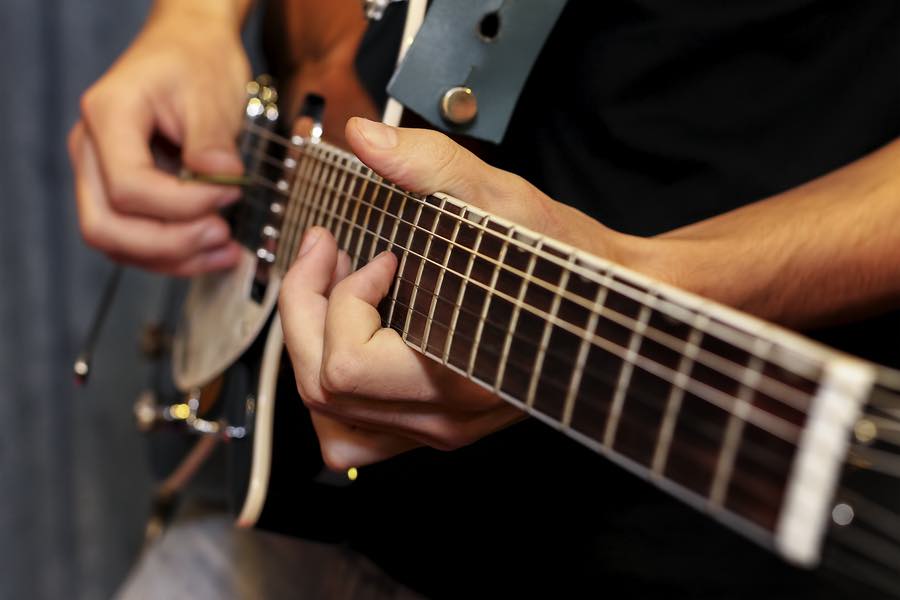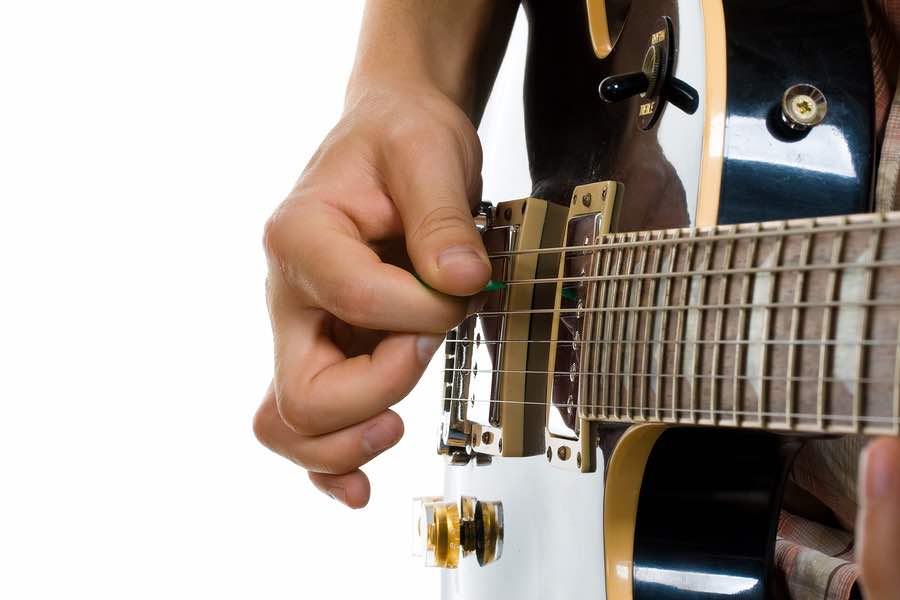
In this lesson you’re going to discover Why you need to Learn The Notes on the Fretboard and How. It may seem obvious that when you learn to play guitar you also need to learn the notes on the fretboard. How can you play music without knowing the note names? Well believe it or not, there are a lot of guitar players out there who don’t have the slightest clue what they are playing and they do just fine.
I didn’t know all the notes on the fretboard for a long time either. And yes I could still play all my favorite tunes and improvise over chord progressions. But there were limitations that I wasn’t aware of at the time. Huge limitations!
Once I started learning the notes on the strings and figuring out what the notes of chords, scales and licks were, things started to change. One discovery let to another and a lot of things suddenly made sense and became clearer. My knowledge expanded and my playing improved. I learned all this in small steps.
Continue Reading Knowing how to build a scale is essential for understanding music theory, learning how the guitar works, to able to communicate with other musicians and to grow towards becoming an accomplished guitar player.
Knowing how to build a scale is essential for understanding music theory, learning how the guitar works, to able to communicate with other musicians and to grow towards becoming an accomplished guitar player. Everything evolves around scales. We use scales to create music, study music theory, understand music, build chords, progressions, arpeggios and learn
Everything evolves around scales. We use scales to create music, study music theory, understand music, build chords, progressions, arpeggios and learn  The natural minor scale can be played in 5 different positions just like the major scale, the pentatonic scale and all the other scales.
The natural minor scale can be played in 5 different positions just like the major scale, the pentatonic scale and all the other scales.